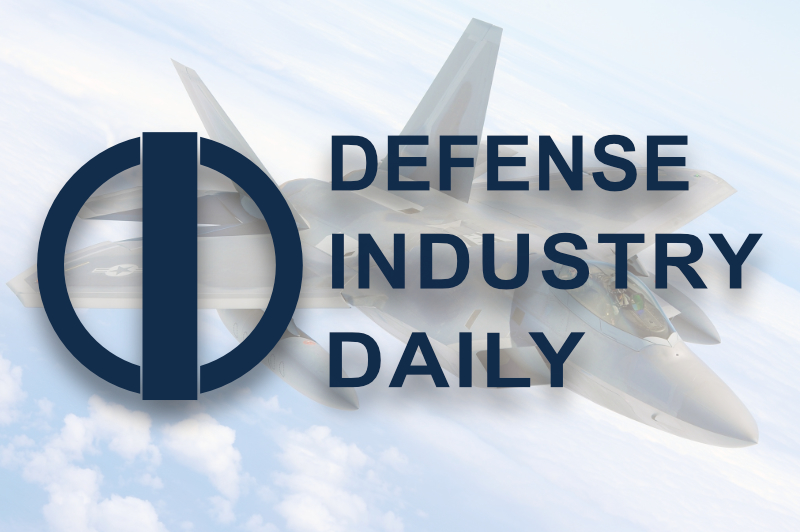This article is included in these additional categories: Contracts - Awards | DARPA | Design Innovations | Engines - Aircraft | GE | Launch Vehicles | Materials Innovations | Other Corporation | R&D - Contracted | Rolls Royce | United Technologies | USA
DARPA’s Hypersonic Vulcan Engine Meld

For more on this and other stories, please consider purchasing a membership.
If you are already a subscriber, login to your account.
If you are already a subscriber, login to your account.
Logical progression(click to view full) GE, United Technologies win Phase II contracts. (July 6/10) It might not be a Vulcan mind-meld, but it’s pretty close. The Department of Defense’s technology brain trust, the Defense Advanced Research Projects Agency (DARPA), has given 4 contractors the go-ahead to develop the advanced Vulcan combination engine system for hypersonic […]

One Source: Hundreds of programs; Thousands of links, photos, and analyses
DII brings a complete collection of articles with original reporting and research, and expert analyses of events to your desktop – no need for multiple modules, or complex subscriptions. All supporting documents, links, & appendices accompany each article.
Benefits
- Save time
- Eliminate your blind spots
- Get the big picture, quickly
- Keep up with the important facts
- Stay on top of your projects or your competitors
Features
- Coverage of procurement and doctrine issues
- Timeline of past and future program events
- Comprehensive links to other useful resources
Monthly
$59.95/Per Month
- Charged Monthly
- 1 User
Quarterly
$50/Per Month
- $150 Charged Each Quarter
- 1 User
Yearly
$45/Per Month
- $540 charged each year
- 1 User
2 years
$35/Per Month
- $840 Charged every other year
- 1 User
